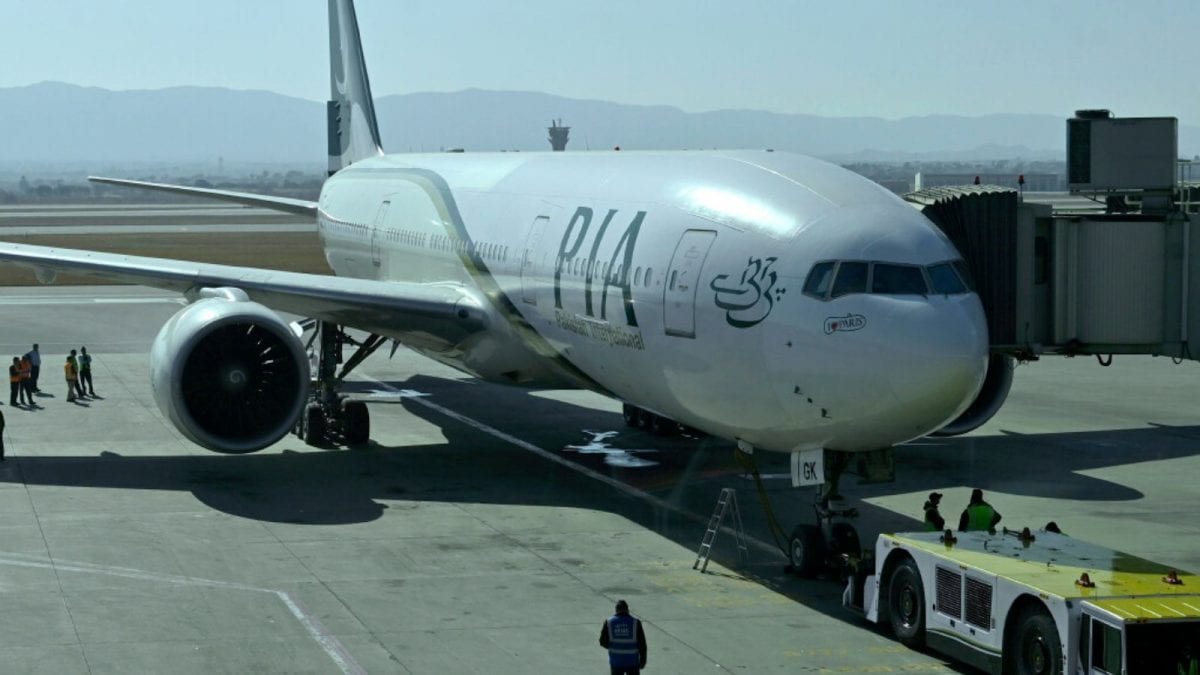Last Updated:
India-Pakistan tensions rise post-Pahalgam attack with Pakistan closing its airspace for India, disrupt flight routes, raising costs and travel times.

Many of Pakistan’s flights to the Gulf and Southeast Asia including key routes such as Karachi to Kuala Lumpur or Dubai, rely heavily on access to Indian airspace. (AP Photo)
Diplomatic strains between India and Pakistan escalated sharply in the wake of the recent terror attack in Pahalgam, triggering a series of retaliatory moves that now threaten to disrupt air travel across South and Central Asia.
India has taken the unprecedented step of suspending the decades-old Indus Waters Treaty, a cornerstone agreement on water sharing between the two nations. In a tit-for-tat response, Pakistan has closed its airspace to Indian passenger aircraft, forcing Indian carriers to take longer, costlier routes to destinations in Europe, North America, and the Middle East. The move has already begun to affect flight durations, with significant implications for fuel consumption, scheduling, and ticket pricing.
Now, as speculation mounts over whether India might reciprocate by shutting its own airspace to Pakistani aircraft, the stakes for Pakistan’s aviation sector are growing perilously high.
Under the norms of the International Civil Aviation Organisation (ICAO), member states including both India and Pakistan are generally bound to permit the use of their airspace to each other’s commercial flights unless explicit national security restrictions are invoked. However, heightened tensions have raised the prospect of a complete airspace lockdown, an action that could cripple international connectivity for Pakistan.
Many of Pakistan’s commercial flights to the Gulf, Southeast Asia, and beyond, including key routes such as Karachi to Kuala Lumpur or Dubai, rely heavily on access to Indian airspace. If India were to shut its skies, these flights would be forced to reroute over Iran, Afghanistan, or Central Asian countries – regions that pose both geopolitical and logistical risks. Such detours would significantly increase flight times and fuel consumption.
The impact would be particularly severe for Pakistan International Airlines (PIA), the country’s national carrier, which is already struggling under mounting financial pressure. With longer routes come higher operational costs, reduced profitability, and likely fare hikes for passengers. Travellers may also face increased inconvenience and delays, further diminishing the appeal of flying with Pakistani carriers in an already competitive market.
Moreover, the ripple effects would extend beyond passenger traffic. Air cargo operations, too, would feel the pinch, with shipping costs and delivery times likely to rise, putting further strain on Pakistan’s trade and logistics sectors.
#Pahalgam #Attack #India #Closes #Airspace #Pakistan










